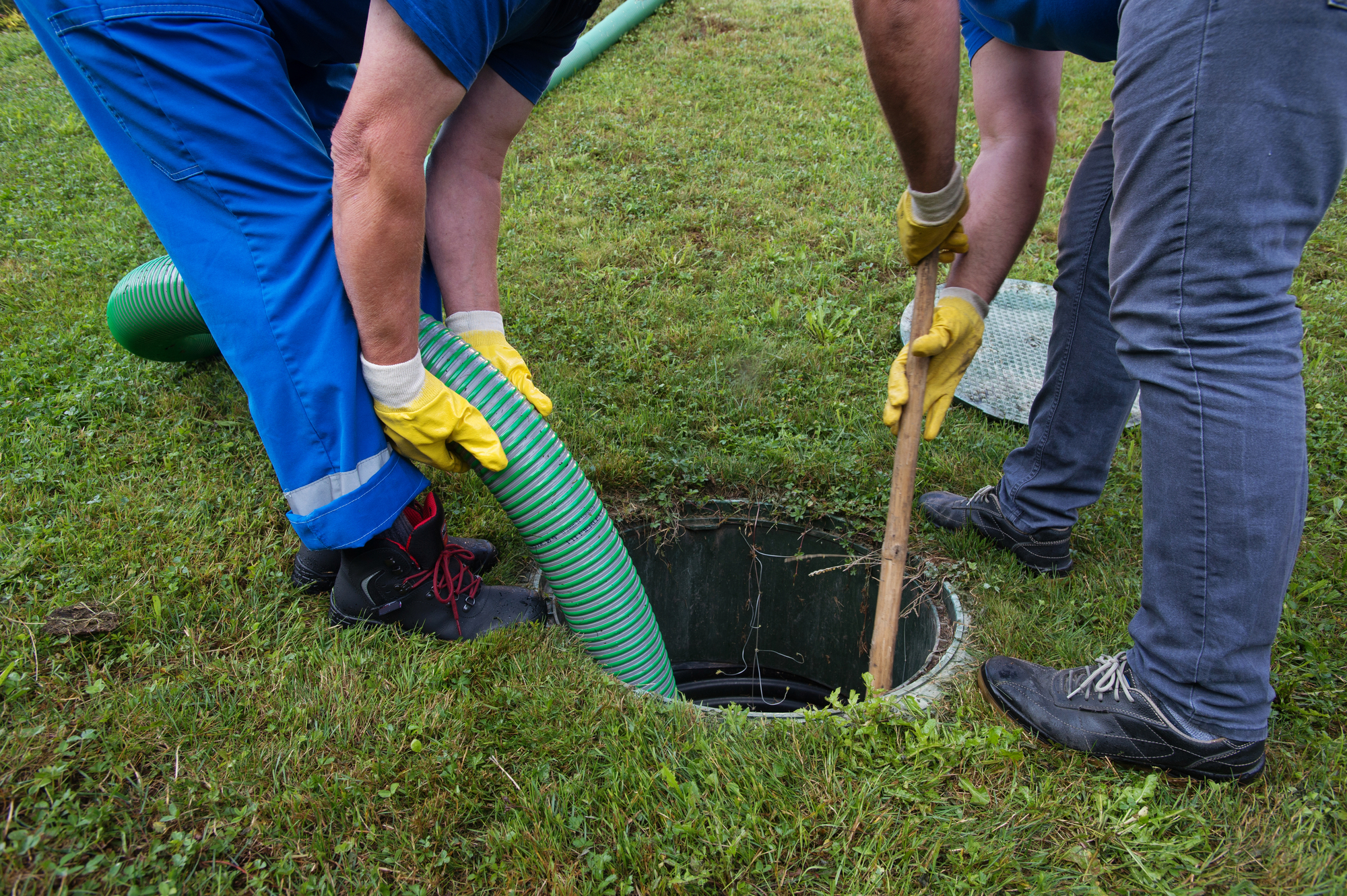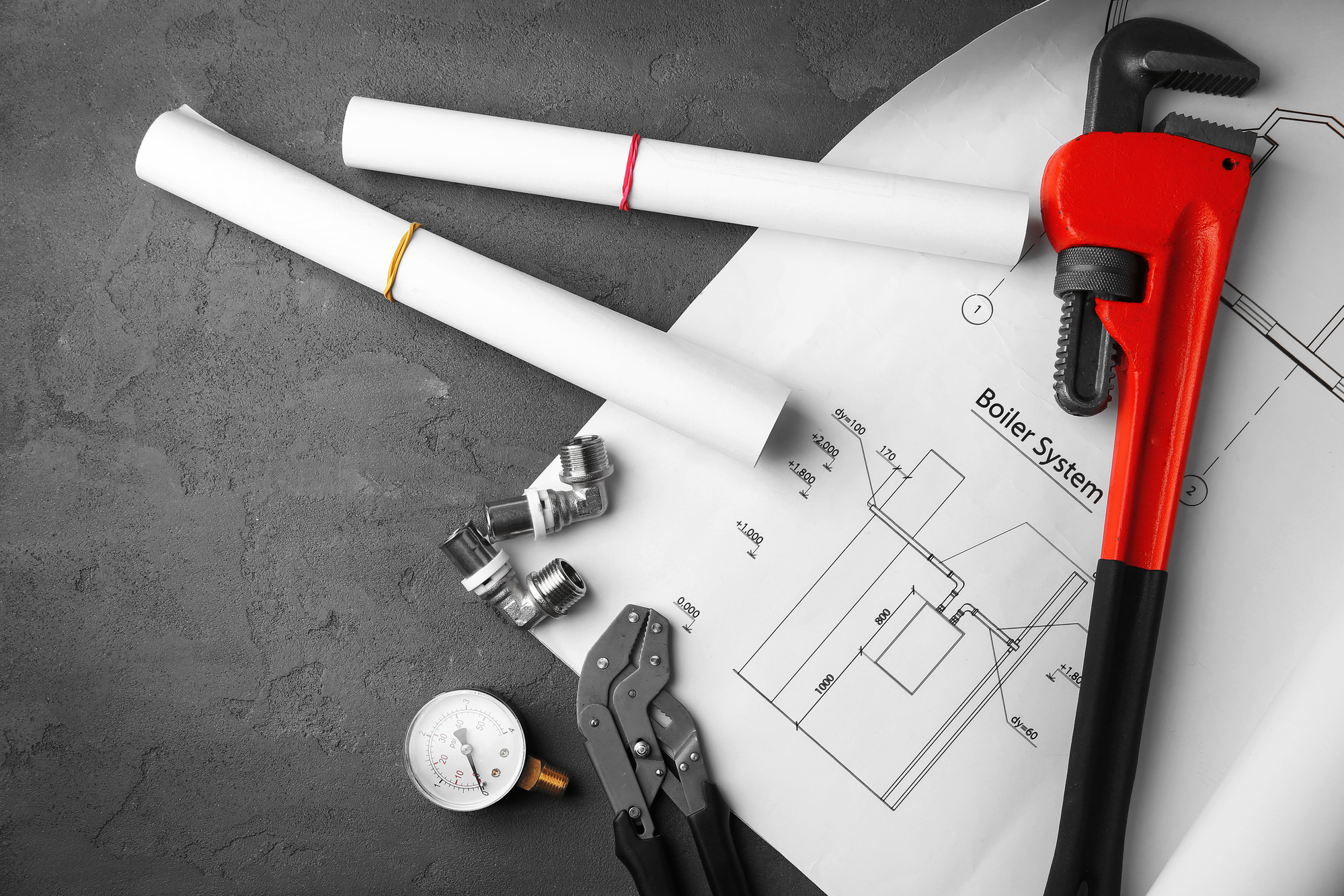As a plumber, it’s essential to have the right tools at hand, no matter the job at hand. One aspect that requires significant attention is flange work. Flanges are an integral part of the pipeline systems and are used in various industries to connect pipes and other equipment. In the plumbing world, flanges are commonly used in water distribution systems, oil refineries, petrochemical plants, and many other applications. In this article, we will discuss the basic tools needed for flange work.
· Flange spreader: This tool is used to separate flanges and is essential when removing gaskets. Flange spreaders come in various types and sizes but are often hand-operated. They work by applying pressure to the opposite flanges, spreading them apart, and allowing you to remove the gaskets.
· Flange alignment tool: This tool is used to ensure that the flanges align correctly before installation. Flange misalignment can cause leaks or damage equipment, making this tool essential in any plumbing work. Flange alignment tools can be used on different flange sizes, and they have a center pin that aligns the bolt holes, making it easier to install the bolts correctly.

· Bolting tool: A bolting tool is an essential tool in flange work. It is used to install or remove bolts. There are different types of bolting tools, including adjustable wrenches, ratchets, sockets, and torque wrenches. A torque wrench is an excellent choice for flange work because it allows you to apply the correct amount of force to the bolts to prevent damage to the flanges or gaskets.
· Gasket cutter: A gasket cutter is another essential tool for flange work. It is used to cut gaskets to ensure a snug fit between the flanges. Gaskets are essential components in pipeline systems and are used to provide a sealing barrier between two flanges. Gaskets come in different materials, including rubber, cork, and silicone. Using a gasket cutter ensures that the gaskets fit perfectly between the flanges, providing a secure seal.
· Flange facing tool: A flange facing tool is used to ensure that the flange surfaces are level and smooth before installation. This tool removes any debris or rough edges on the flange surface, ensuring that the gasket fits snugly. Flange facing tools come in different types, including hand-operated, pneumatic, and hydraulic-powered tools.

· Flange puller: A flange puller is used to remove flanges from pipes or equipment. It is an important tool in cases where the flange is rusted or stuck, making it difficult to remove. Flange pullers come in different sizes and are often hand-operated.
In conclusion, the above tools are essential in any flange work. Plumbing work requires precision and attention to detail, and having the right tools at hand makes the job easier and more efficient. Investing in high-quality tools ensures that the job is done correctly, preventing future issues such as leaks or damaged equipment. At Ace Plumbing Repair, we value having the right tools for the job, and we pride ourselves on providing top-quality plumbing services. If you need plumbing services in your area, visit our website at aceplumbingrepair.com or call us at (844) 711-1590.






